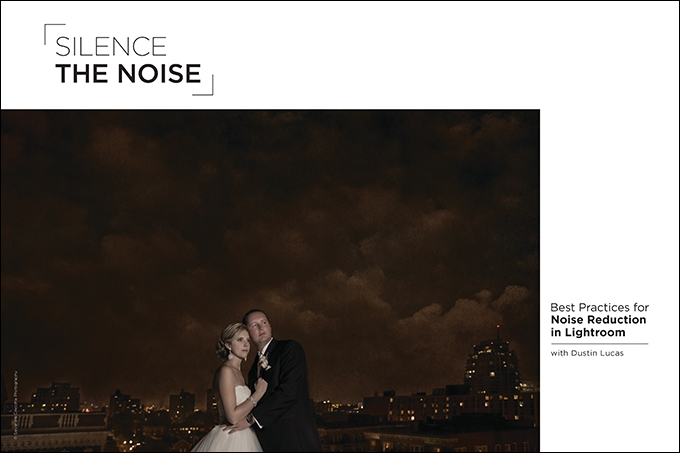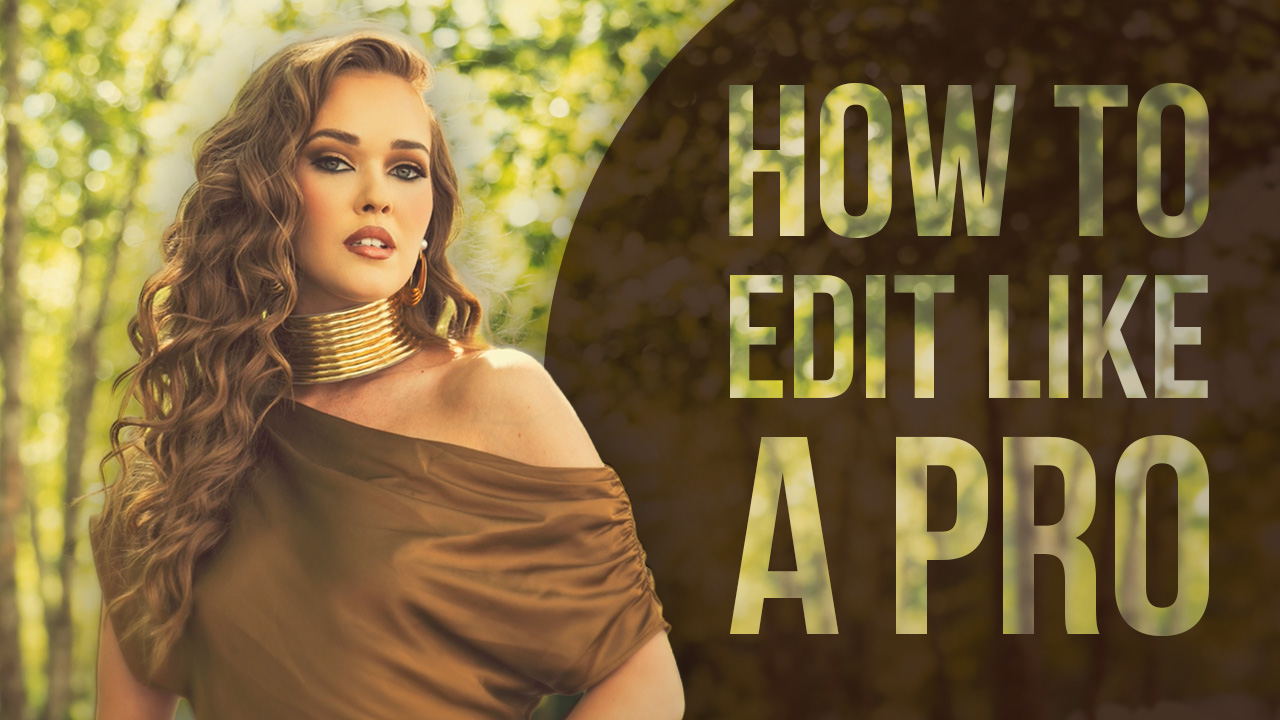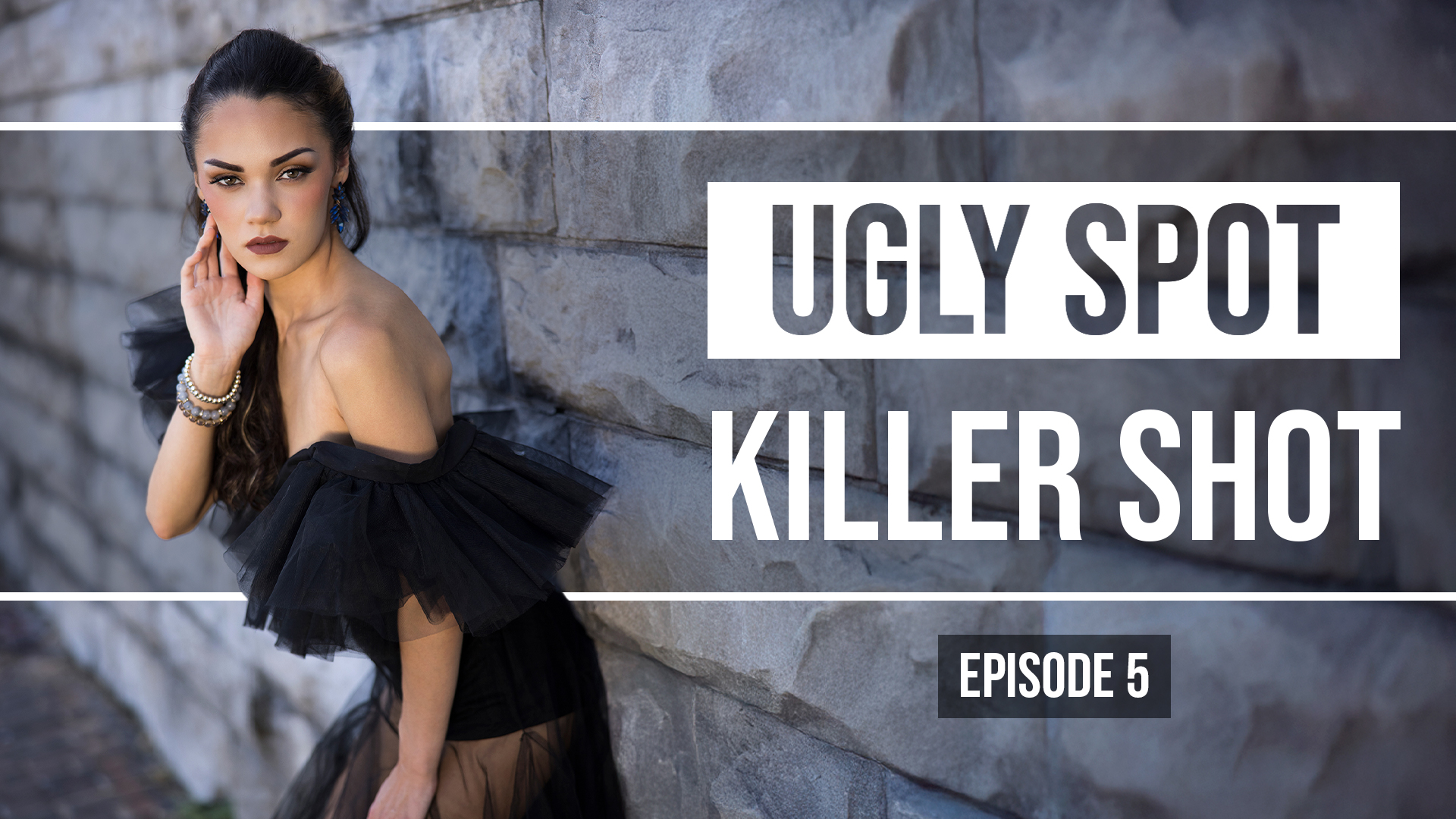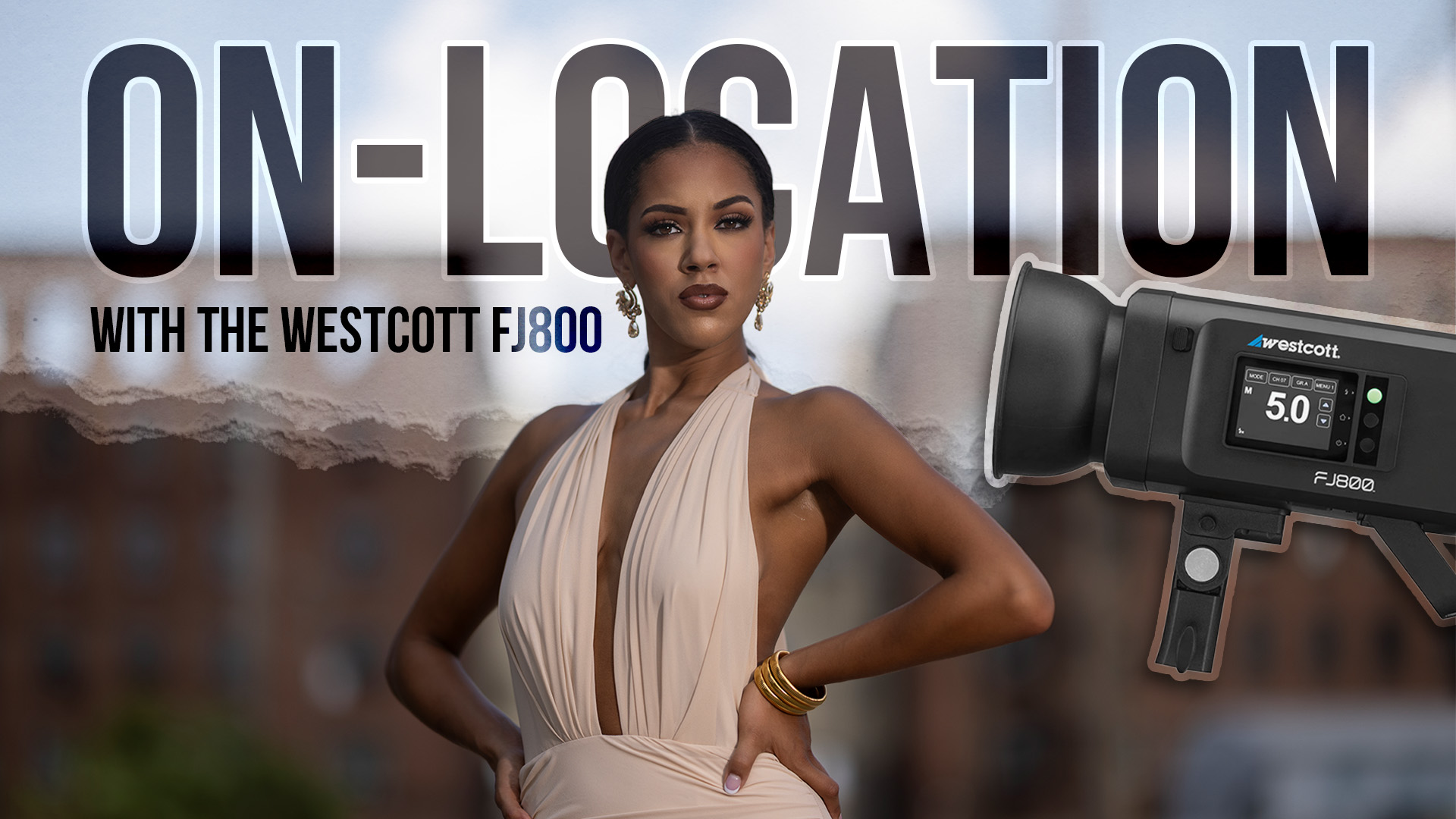Dustin Lucas – Silence the Noise: Best Practices for Noise Reduction in Lightroom
In post-production, image noise can be almost as distracting as a blurry image. When shooting in Aperture Priority mode, opening up your aperture all the way and seeing the shutter speed has dropped, it’s ISO to the rescue. Throughout your daylong wedding shoot, you’re going to encounter low light and be forced to throw your camera up into the high-ISO range. No need to worry about image quality—as long as you expose the image properly, you should be fine, right? Noise depends on many factors, but mostly how high you set your ISO, how much you increase exposure in post and whether or not you recover the shadows. After making these adjustments in Lightroom, move down to the Detail panel to silence the noise.
Using Lightroom for noise reduction can seem like a daunting task when editing hundreds of photos at a time. Taking a step backward, even adjusting one photo can be difficult. I definitely want to address noise reduction for an entire set of images, but first we need to understand some fundamentals. There are two kinds of noise: color and luminance.
Classifying and Correcting the Noise
When looking in a large, single-colored area, you might notice a fragmented patch of discoloring. For example, in this night shot zooming in at 2:1, or 200%, the groom’s suit has noticeable color noise (Figs. 1, 1a). Usually noise is more prevalent in the underexposed midtones and shadows where large gradients of a color have noise, especially in this night sky. Once you find an area you wish to correct, you can use the Detail panel to begin removal. You will notice that the Sharpening amount defaults to 25; adjust this to 0 for now. We will circle back to this adjustment after we complete noise reduction.
Under Noise Reduction, skip down to the Color, Detail and Smoothness sliders. Like sharpening, Adobe Camera Raw defaults color at 25. Start by moving the slider to the right and adding the correction effect (Figs. 2, 2a). At this point, I like to toggle the Detail panel on and off to see the change. I start by correcting color noise to fix the distracting discolored speckles and keep the clarity in the image. Moving below in the detail and smoothness sliders, these default at a value of 50 each. Adjusting the detail slider gives you the ability to control the threshold. This means that, as you move the slider to the right, the edge detail increases in color noise. Smoothness does quite the opposite: As you increase the value, a softened effect is applied to the speckled color tones.
Now let’s look at luminance noise (Figs. 3, 3a).
Luminance noise is visually the most obvious in underexposed and high-ISO images. There is evidence of this noise in the entire image. Using the same area we corrected for color noise, we have a range of highlights to deep shadow tones. This will work out great for reducing the noise for the entire image. Luminance noise is a major factor in the noise, or grain, of your images (Fig. 4).
Correcting luminance noise can quickly start to remove detail in your image, as you see I have done (Fig. 5). Once you find a balance between soft and sharp, you can move the detail slider to the right. This gives you back some of the defined edges in the image, rather than sharpening the noise. You definitely do not want to sharpen the noise. Contrast is useful for blending areas where opposing tones meet. In short, this reacts similarly to editing the contrast: The less you use, the smoother tones seem side by side; adding more causes more distinct, or separated, tones. Generally, I stay around the default values and occasionally add detail under luminance noise (Figs. 6, 6a).
Lightroom incorporates noise reduction with some of the adjustment brushes as well. These tools are the Graduated Filter, Radial Filter and Adjustment brush. Lightroom has added the ability to specifically edit areas of the photo in order to add more noise reduction (move the slider to the right) or remove the effect (move the slider to the left) that was created under the Detail panel earlier (Figs. 7a, 7b, 7c). A huge benefit of selectively editing an image is bringing back some detail in an area that needed less attention.
Creating a Noise Reduction Workflow
We just walked through correcting noise for a single image, but what about the rest of the images? Syncing settings is a huge efficiency tool across similarly lit and exposed images. This is a great starting point. With the image we corrected already, it can be a middle ground for settings across the entire set of images. If you are interested in making the different presets for noise reduction, this is a great tool to begin bridging the individualized and batched editing processes. I would start by correcting individual low-, middle- and high-ISO images to gauge differences between each of them. For each image, make a new Develop Preset and name each accordingly. (I explain presets in-depth in my previous article “Efficiency With Lightroom Presets” [Fig. 8].)
Now that you have made these noise reduction presets, you can filter your catalog by ISO in the Library module to select images and batch-apply the presets (Fig. 9). You will repeat this step for every set of images needing the other noise reduction presets. If you want to be extremely particular, you can make a preset for every camera and ISO speed.
Plug-ins and External Editing in Lightroom
One step further than applying generalized presets based on ISO is using plug-ins to automate noise reduction. Plug-ins such as Topaz DeNoise, PictureCode Photo Ninja and Nik Dfine 2 require you to go to the menu bar and select Photo > Edit in > [software name], which forces Lightroom to export and save a duplicate (Fig. 10). I have an example of the auto setting applied in Nik Dfine 2, which seems to be the best balance between easiest interface and best quality (Fig. 11). They all include automation features that can batch-process your images, which is great when you want to rasterize your RAW file (Fig. 12). Not to mention that this becomes time-consuming once you process an entire wedding.
Batch Editing
There is a solution to batch editing all your images and not having to render duplicate image files. A donation-based plug-in by Jeffrey Friedl called Bulk Develop Settings allows you to edit images in Lightroom. Here is how it works. Noise reduction is broken down into Luminance and Color categories. As exposure increases, this can be compensated for by adding points of Luminance and Color. The same goes for shadow recovery, although the set value is every 10 points of recovery for a custom increase of noise reduction. This plug-in also includes Sharpening Mask, Contrast and Clarity. This game-changing batch editor is useful once you process an entire wedding for white balance and exposure, giving your work a hand-touched look with a fraction of the time spent. Once you edit the cleanest image with least noise and the harshest one with a lot of noise reduction, you can build your parameters in the plug-in to be applied to all images. This means that you choose the lowest-ISO image with the least-corrected exposure and the highest-ISO image with the exposure increased the most (Fig. 13).
After you have completed noise reduction, you need to apply sharpening. (See my article “Attention to Detail: Better Results With Sharpening” from the November 2014 issue for more information.) Remember not to be hypercritical of noise. Noise is a traditional photographic element that has been revered by digital photographers. Leaving some noise in a photograph can give it some realism, if you are into that sort of thing. Try out some of these techniques and try to save images you thought were hopeless.







This Post Has 13 Comments
If you go to the interactive magazine and page 191 you can view the article with images. It doesn’t work here for many of us.
I logged in but I can’t see images either.
Clearly there are those of us that are missing something here. Again I am logged in and still dont see the images.
In addition for the past 2 days the May Mag pdf is not available. Refer included screenshot. Hope all this is of some help.
I see no images. and am also interested in batch processing Topaz DeNoise.
all the images are in the magazine. log in 🙂
yep, I don’t see image either…
How do you batch Topaz DeNoise? I’m not aware of how to do that.
Thanks for another great article Sal. However, – I am with Yvonne. I am logged in and still dont see the example pix. Whats the scoop on getting to see the pix ?
log in – per the article footnote. all the images are in the magazine. 🙂
I don’t see any example image. 🙁
log in girl per the article. 🙂
I’m with them… I am logged in and there are no example images. 🙁
Thanks Sal, I still can’t see it.